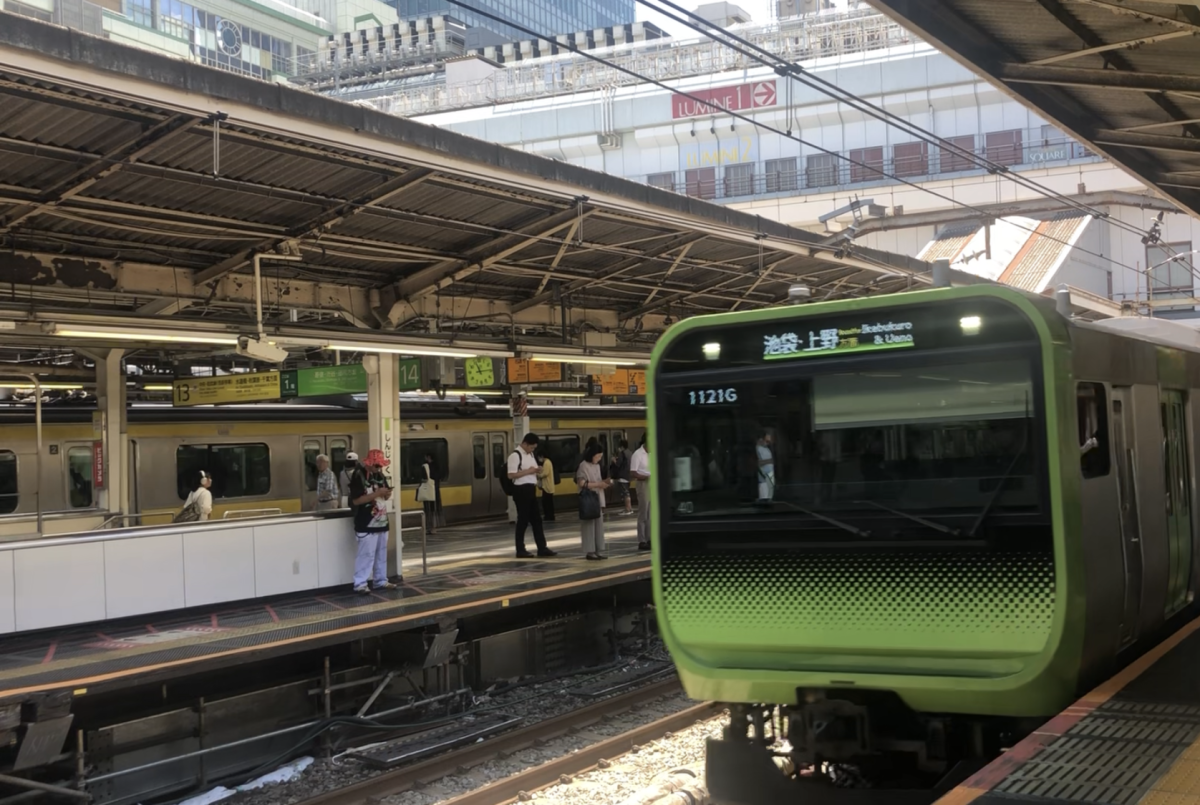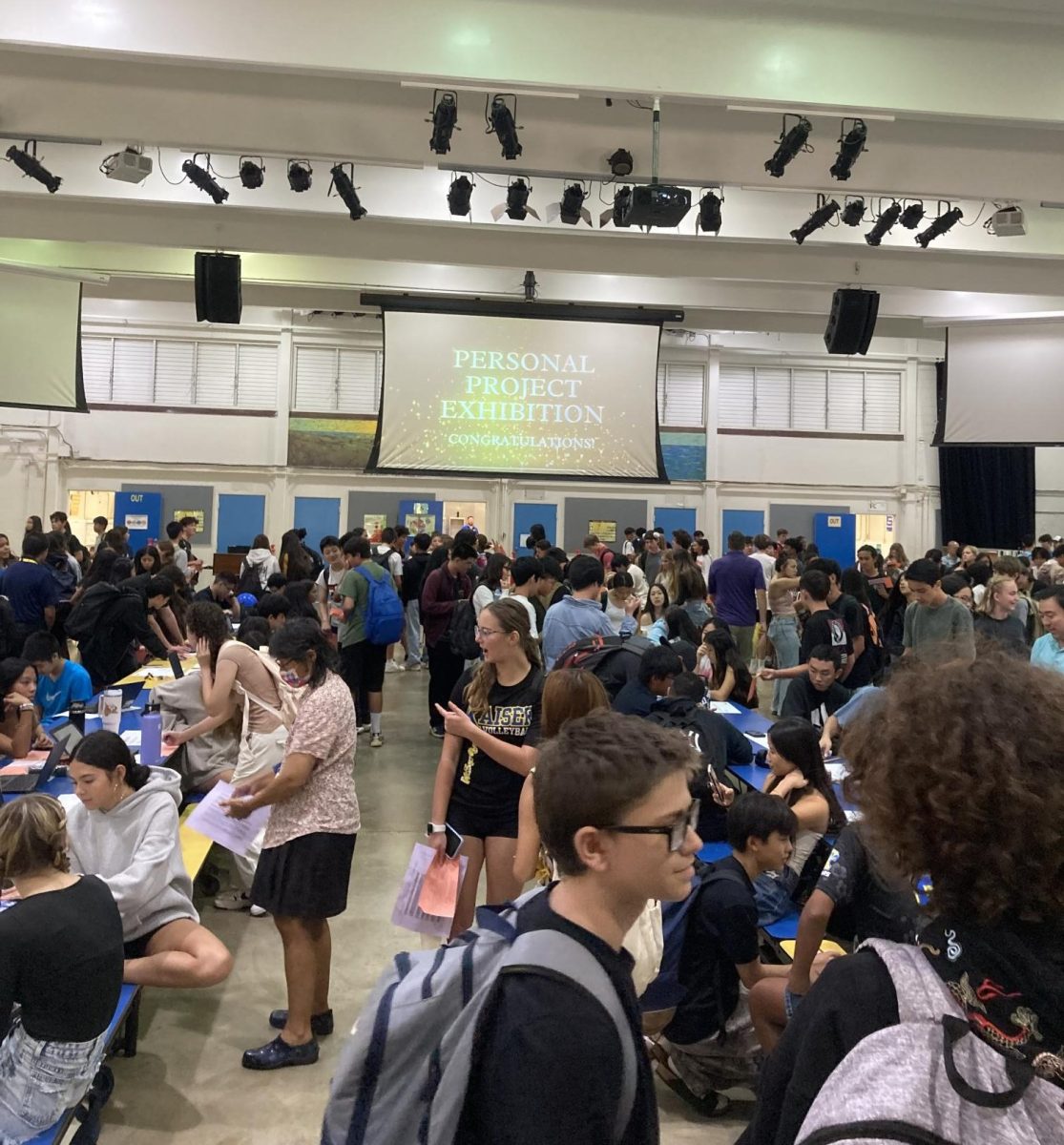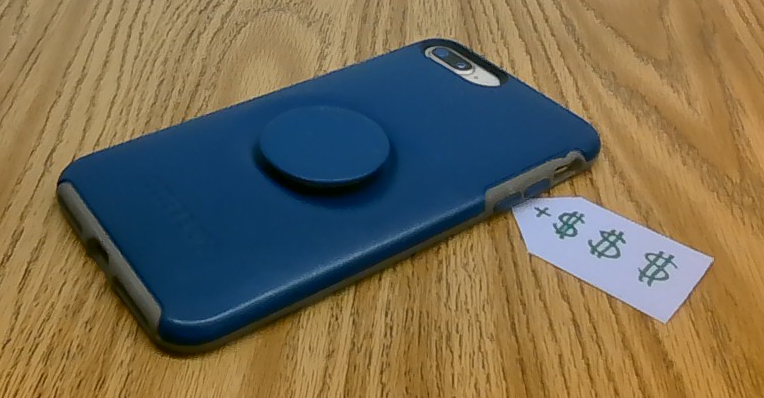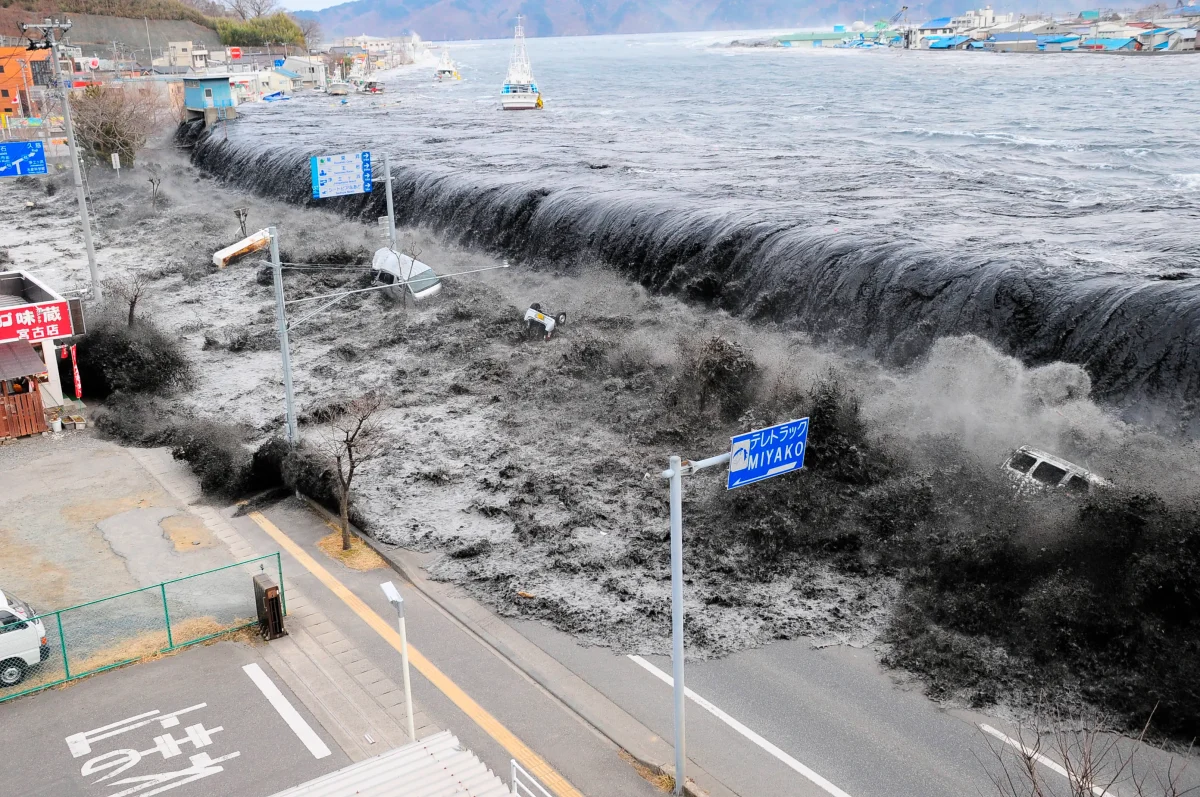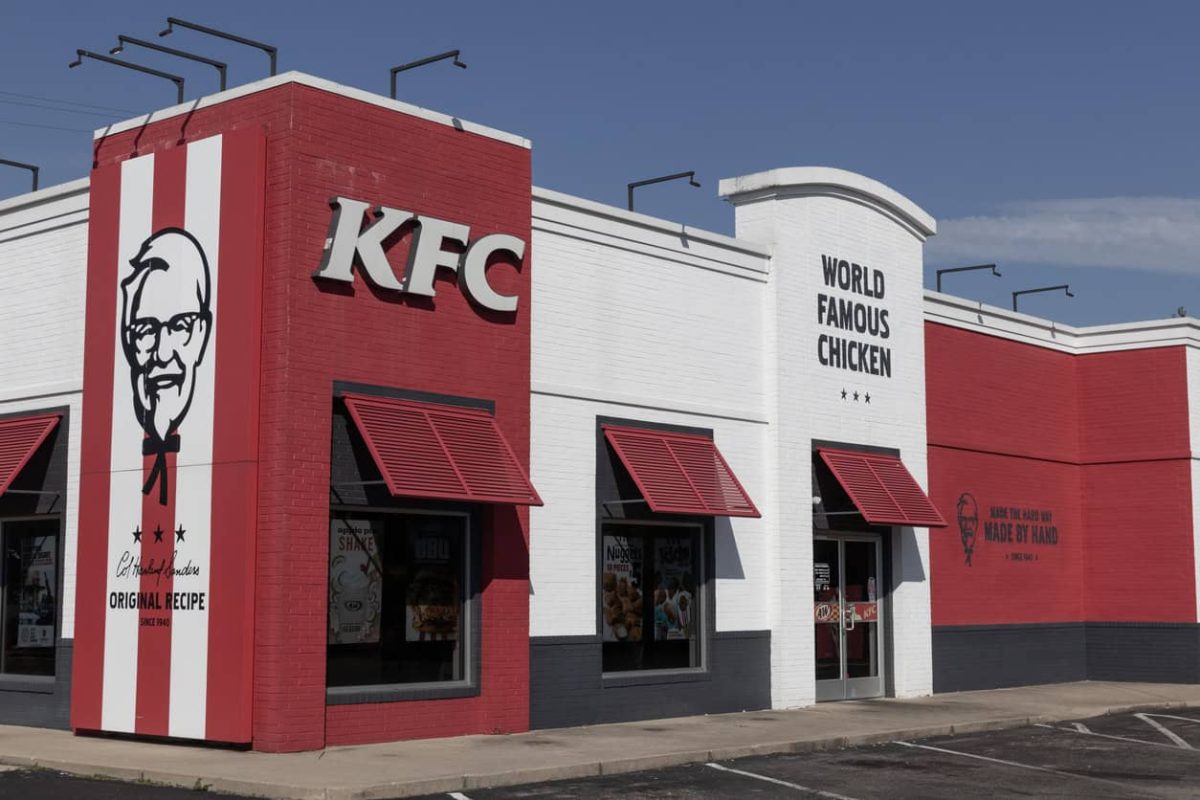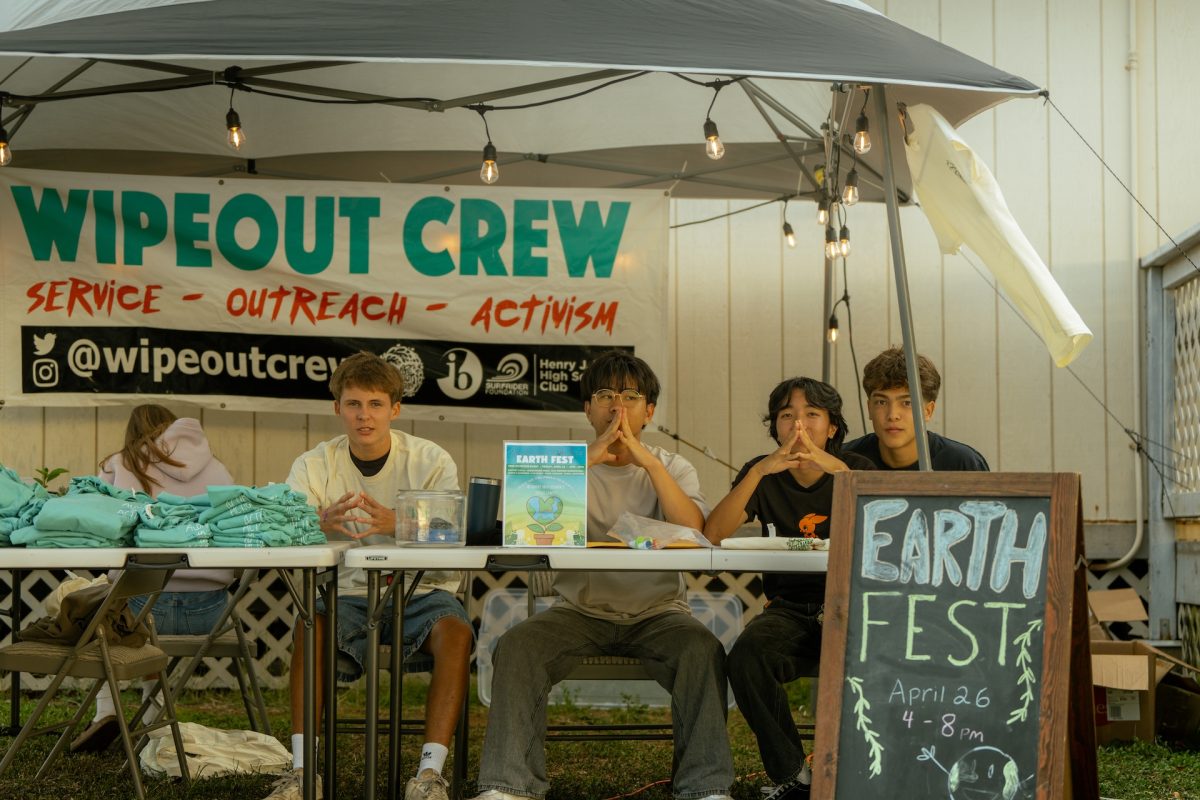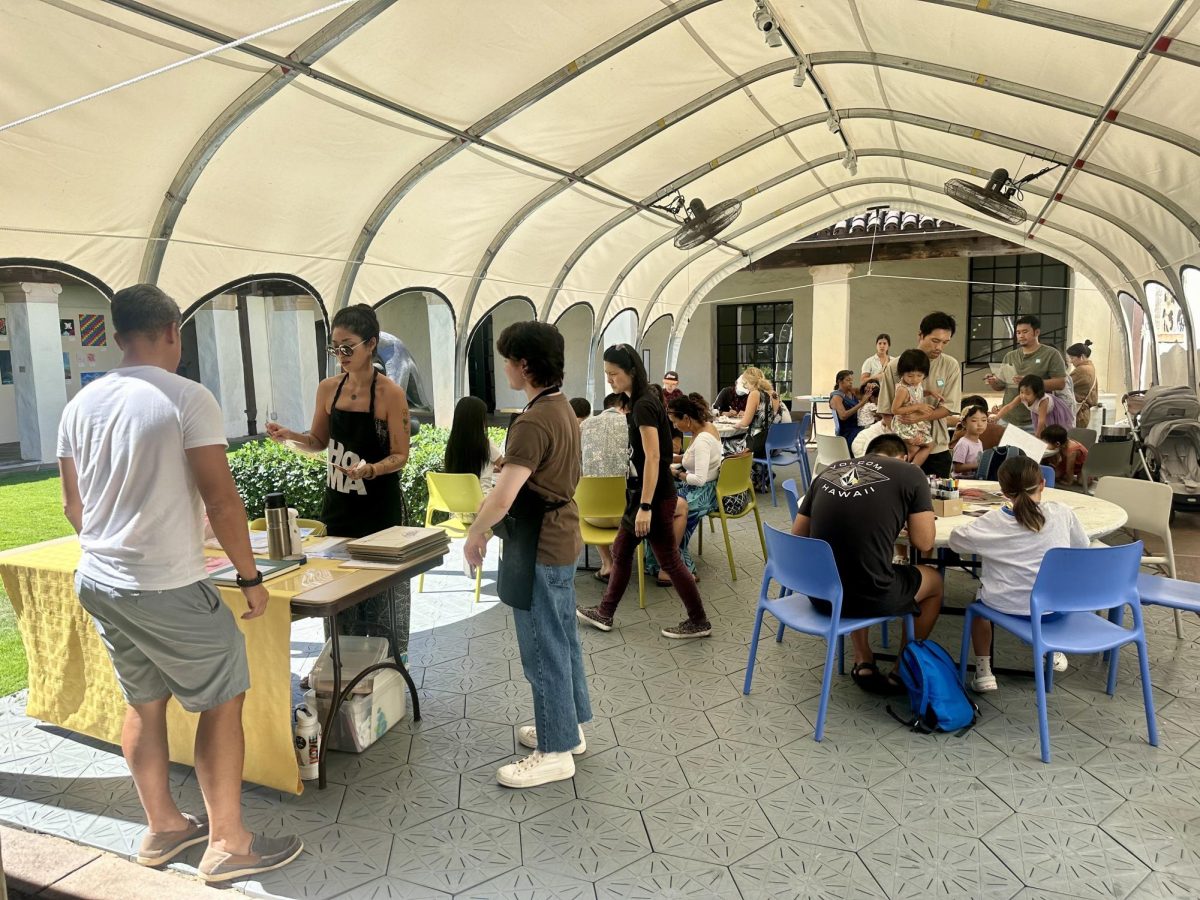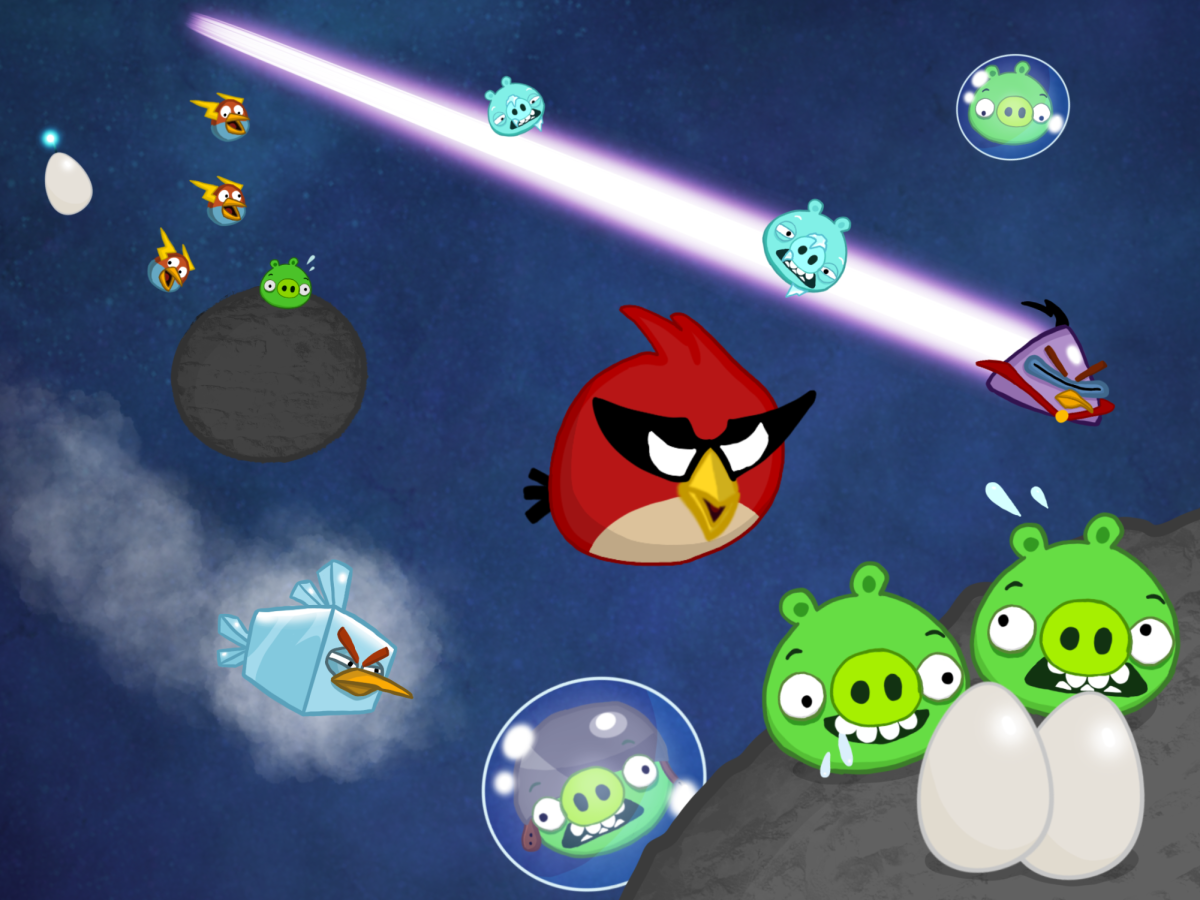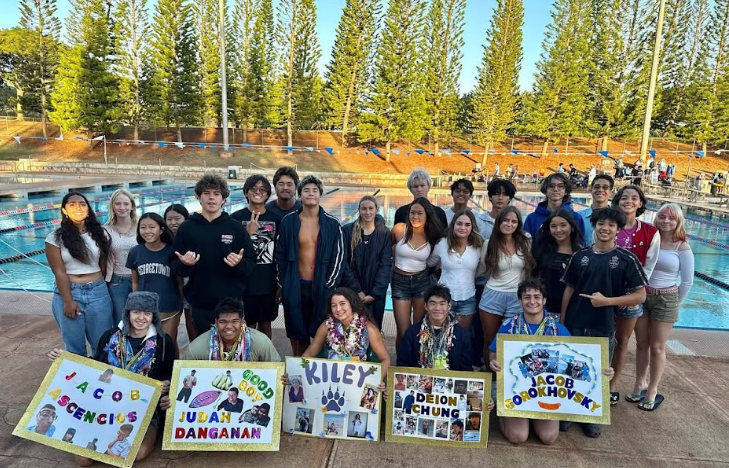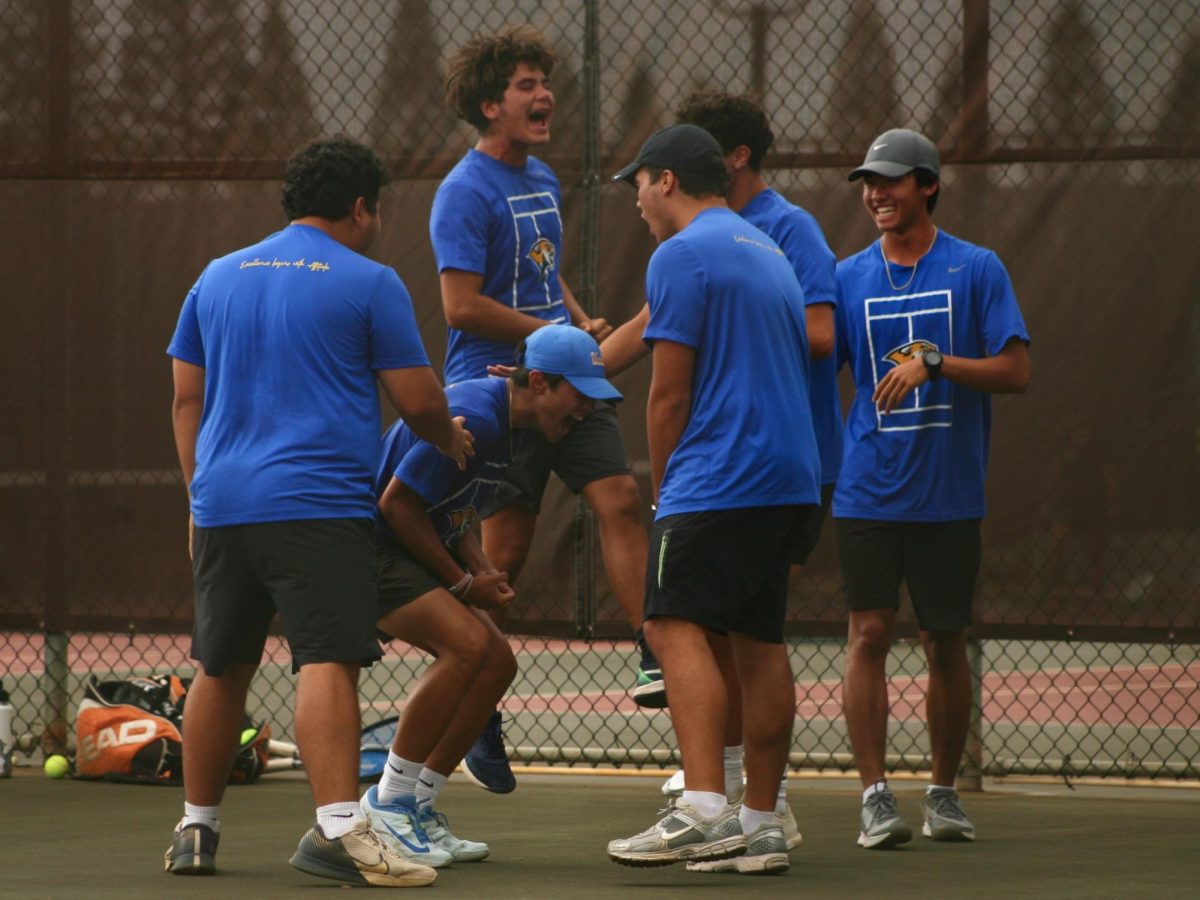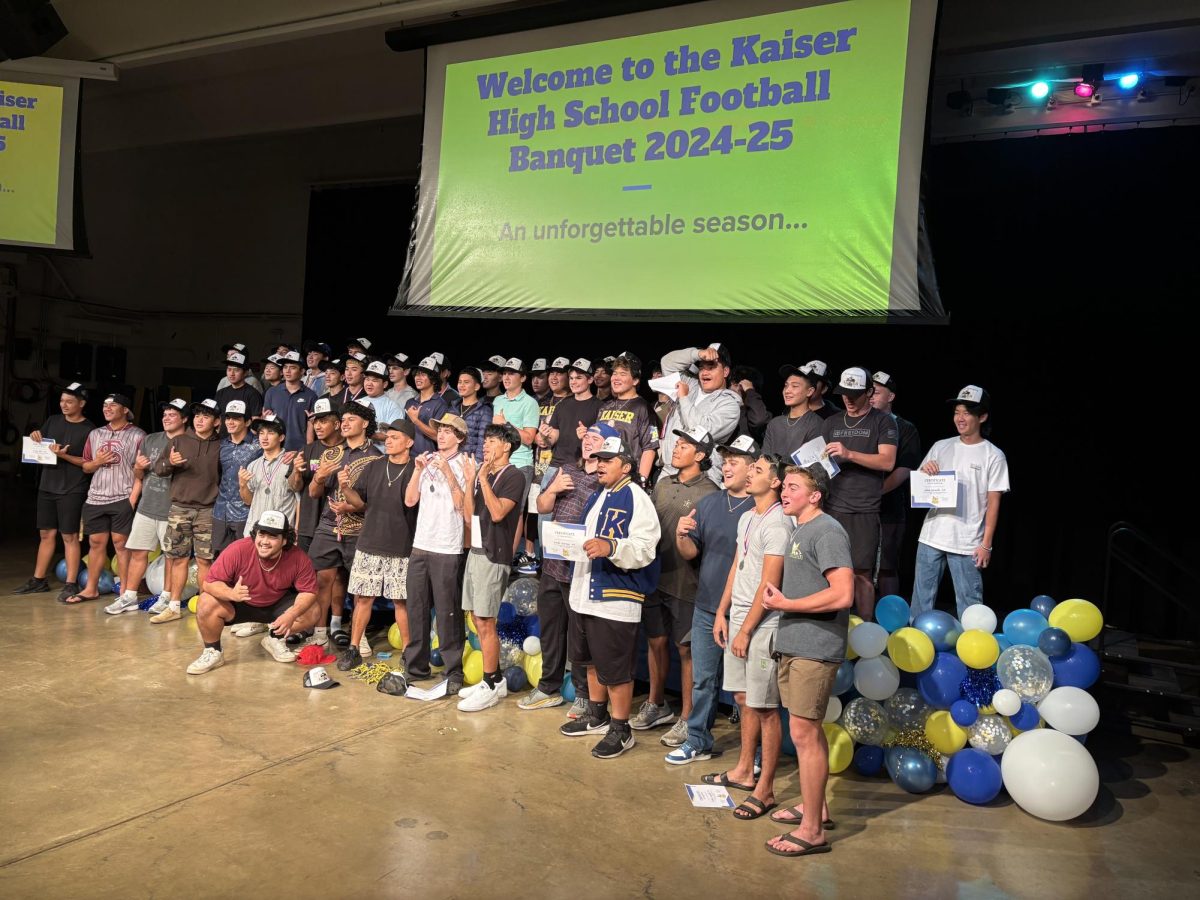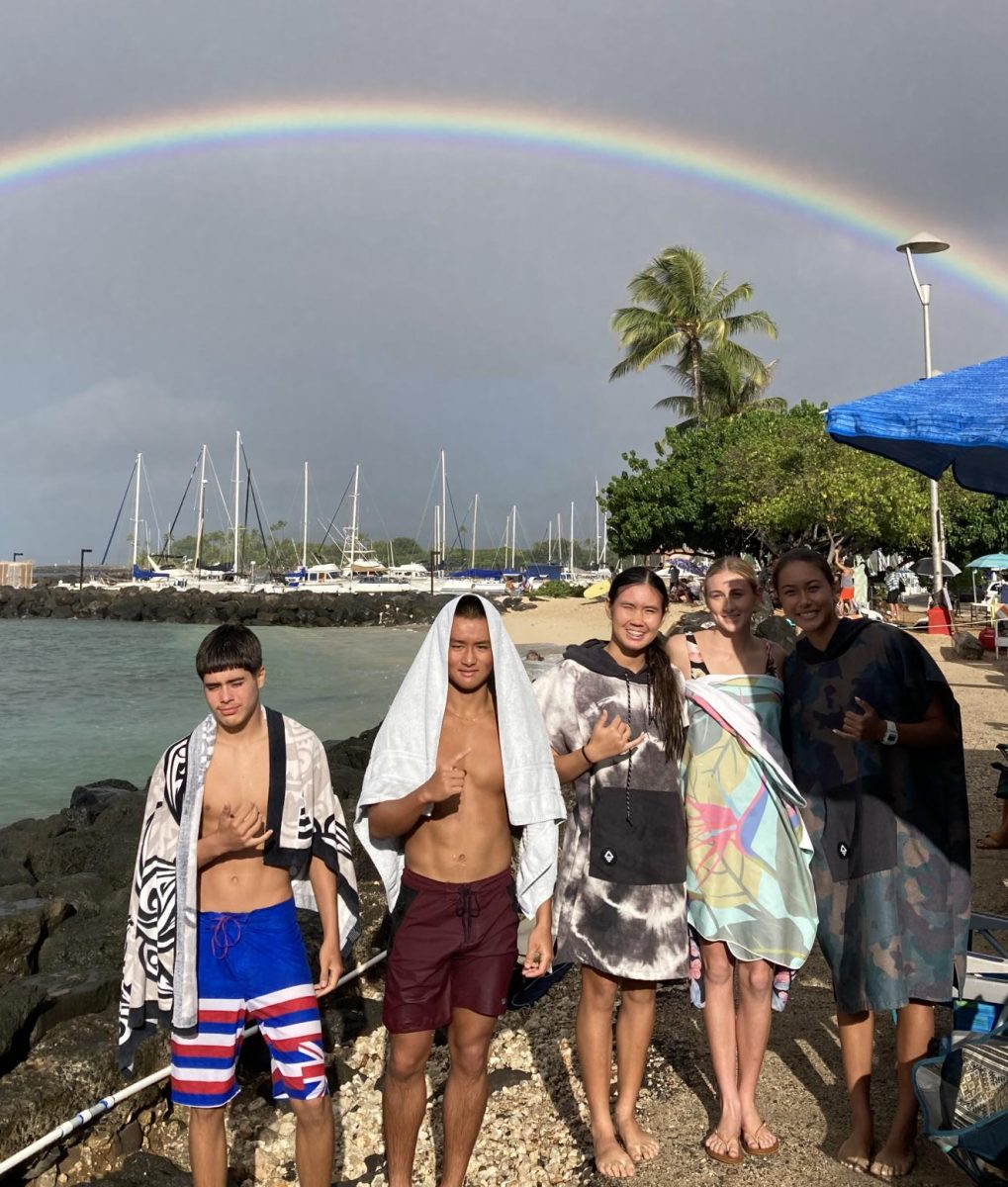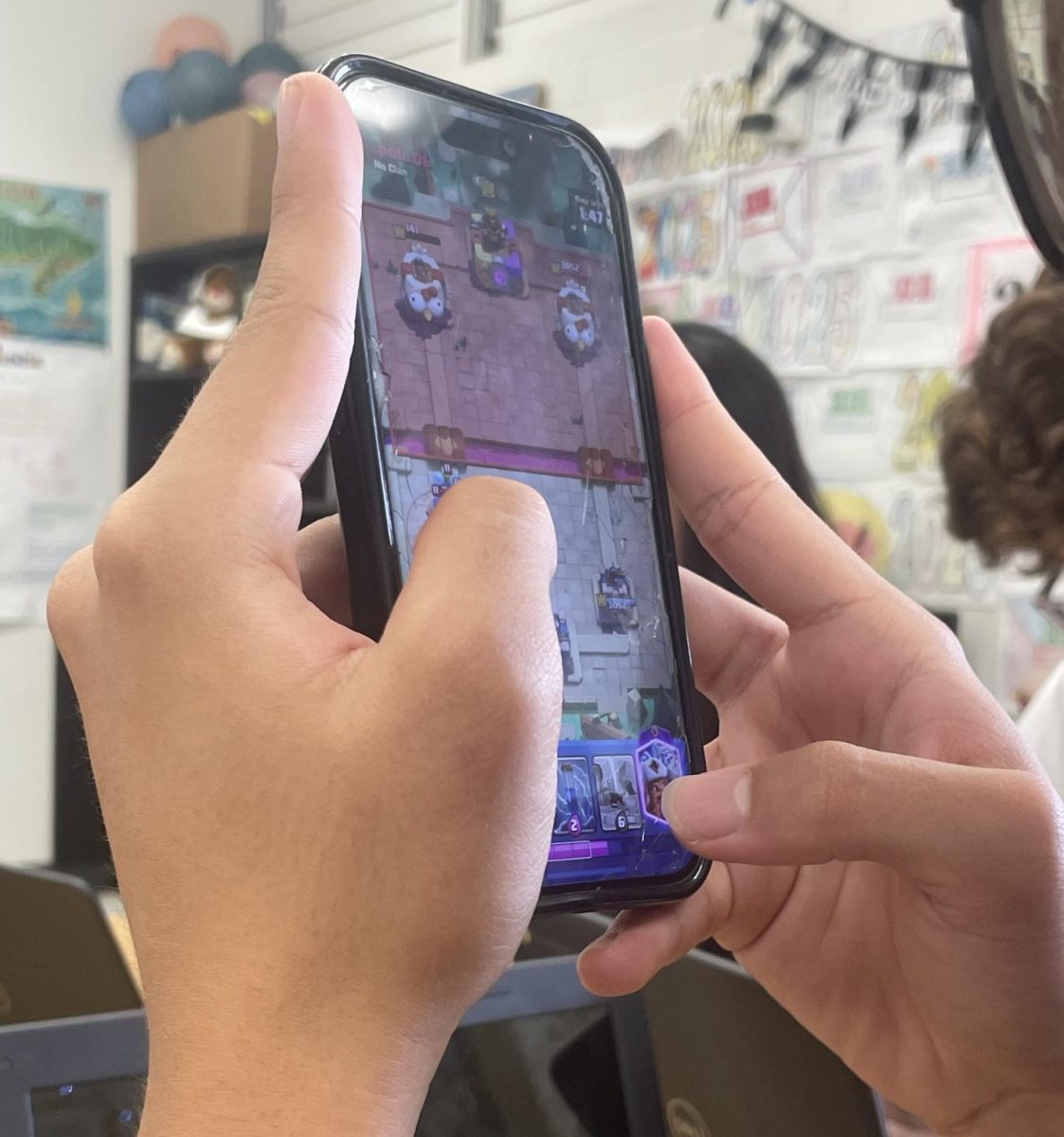School lunch unsatisfactory, says recent student survey
November 2, 2022
Survey finds 70% of students consider school lunch subpar; nearly half allegedly served spoiled milk.
In a recent survey of students who regularly eat school lunch, they were asked to rate the average quality of school lunch on a scale of one to ten. On average, the students rated it at a four out of ten, indicating they considered it subpar. In addition, 45% of students claimed to have been served spoiled milk at some point during the school year.
In the 2021-2022 school year, school lunch was made free state-wide in response to the COVID pandemic, with the aim of reducing interaction between students and school staff during the transaction, as well as helping families out during the crisis. This year, however, the price returned to the original $2.75 Despite the return to original price, the quality has seemingly remained stagnant from the past year. This hasn’t changed the lunch lines, which are still as long as ever, with most students responding that laziness was the main reason they don’t get lunch from another source or make it themselves.
In Hawai’i, school lunch is provided by the School Food Services Branch (SFSB), which distributes lunch to schools across the state. When possible, the SFSB attempts to buy fresh food locally. But, naturally, much of the food has to be imported from the mainland. According to Chapter 37 of the DOE, the school lunch program’s primary purpose is “providing students with a nutritious meal at a minimum cost”. Clearly, spoiled milk does not help to advance this goal, so what might be causing the issue?
For one, the milk might not be getting to school in time. Many of the students who claimed to have been served spoiled milk noted that the expiration date was either very close to expiration or at the date of expiry. Supply chain issues are rampant across the entire world at the moment, so it would be reasonable to assume the problem stems somewhere in the logistics side of things.
If this were the cause, then there wouldn’t be much the school could do to solve it, as the problem could originate outside of the DOE’s control. All the DOE can do is throw out anything close to or on the date of expiration rather than serving it to students.
On the opposite side, the cause could be an oversupply of goods. If the estimated demand for school lunch is calculated incorrectly and there is significantly more milk than needed, some of it might need to be served closer to its expiration date to avoid wasting it. Mistakes happen, and it’s impossible to consistently predict demand for student lunch.
The other main problem according to many is the quality of school lunch. This likely relates more to the DOE’s earlier goal of providing meals at a minimum cost. While students may complain about the quality of school lunch, it is uncertain whether they would be willing to pay any more than they currently do.
The problems present at our school are not unique; nationwide, there has always been the stereotype of the terrible school lunch. Government programs are aimed at meeting only nutritional standards required of them, as fundamentally, they are ment to provide meals to all students regardless of wealth.
